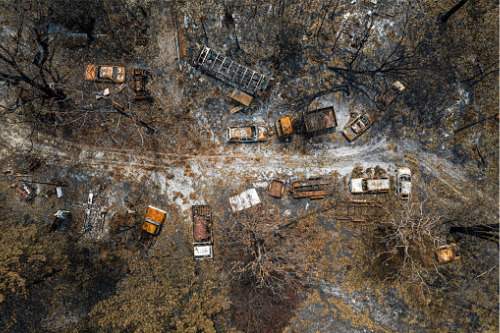

The Australian Prudential Regulatory Authority (APRA) has warned that millions of Australians could be left uninsured as the insurance industry continues to struggle with the impacts of climate change.
APRA executive director Dr Sean Carmody said in a senate hearing that insurers and banks are preparing for worsening bushfire seasons and more extreme weather events, with many insurers forced to seek premium hikes that could leave people no choice but to give up coverage.
“From our point of view in terms of thinking of the financial system as a whole, it’s not enough if insurers have the capacity to pay every claim, but there’s a shrinking number of people who can actually secure insurance,” Carmody said, as reported by The Guardian.
“You could extrapolate to a tiny pool where no-one has an insurance policy, but every claim can be paid. That might still mean there is no insolvency problem at an insurance level, but from a financial system point of view, that represents a failure.”
Carmody said the bushfire season highlighted the importance of accessible and affordable insurance to avoid the detrimental impacts of underinsurance and non-insurance. It brings to light the 2019 bushfires that compelled insurers to increase insurance premiums by as much as 400%, making it difficult for residents in Victoria’s alpine region to get coverage.
“APRA has a strategic focus on addressing and mitigating underinsurance given the likely social and economic impacts which may have broader implications on the stability of the financial system,” he said. “Our view is that an enduring solution to insurance affordability and availability challenges needs to focus on the underlying causes.”
Carmody said the government, households, insurers, and businesses have a role to play in introducing the resilience, mitigation, and hazard reduction measures needed to reduce the impacts of natural disasters.
“This includes funding for pre-emptive infrastructure work, risk mapping, land-use rezoning, and robust building codes,” he said. “Investing in the types of resilience measures needed to better protect Australian communities – and to keep insurance affordable and accessible – comes at a cost, but this cost is lower than both the financial costs of recovery and the impact to people’s lives.”
